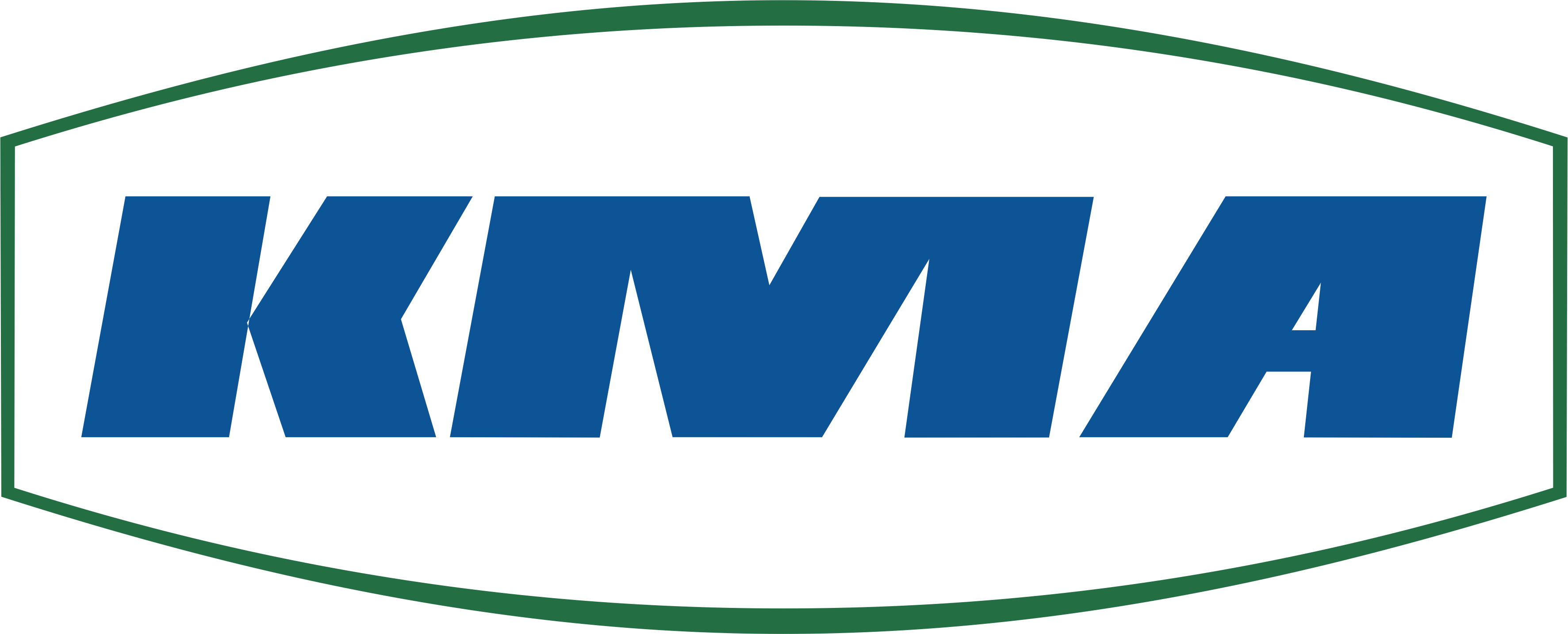Casting cell
Casting cell
The term casting cell, or die casting cell, is an integrated term for a metal casting plant. Aside from the actual die casting machine to process liquid metal, a casting cell includes casting moulds as well as other processing machines and robot arms.
A casting cell is used to produce complex components out of metal or metal alloy, e.g. aluminum or magnesium alloys. This manufacturing process is used especially in the automotive industry to produce engine or body parts. Depending on production requirements each casting cell can contain different components. However, a casting cell always contains a die casting machine. A die casting machine consists of a holding furnace, a shot chamber and plunger and a two or multi-part die casting mould. The plunger pushes the liquid metal under high pressure through the shot chamber and into the moulds. Once the casting has cooled down, it is then removed by a robot arm and transported on to the next processing step. Further components of a casting cell can be milling or punching machines. Even though this type of metal processing results in castings with very smooth clean surfaces and contours, sometimes post treatment is necessary. By using milling or punching machines, structural properties of the castings can be worked out or refined. Furthermore, welding machines can be used to join several castings at once. This minimizes further processing efforts.
Industrial casting cells are characterized by their high productivity – modern machines can produce and process up to 1,000 castings per hour. A casting cell’s high productivity and complex composition pose special challenges for exhaust air purification. The heat occurring during the casting process creates a highly contaminated abhesive mist. Before each casting, the moulds are coated with an abhesive. When liquid metal comes into contact with this oily layer, the abhesive evaporates and burns resulting in abhesive mist. Furthermore, the use of milling and punching machines produces high particle emissions and very fine dust.
Heavily polluted exhaust air is not only extremely harmful to health, but can form corrosive residues on production machines if not properly extracted and purified, leading to damage and loss of production. In addition to its negative effects on employees and machines, die casting companies have to adhere to strict national regulations regarding clean air quality and particle separation.
The high-performance exhaust air filtration systems KMA ULTRAVENT® and KMA AAIRMAXX® by KMA Umwelttechnik are especially adapted to these requirements. They can be seamlessly integrated into casting cells and achieve a separation efficiency of up to 99.8%. KMA exhaust air filtration systems consist of a custom-made extraction hood and a powerful filter module. The extraction hood contains the contaminated vapors that are then transferred to the filter module. The electrostatic precipitator separates abhesive mists, particles and aerosols from the exhaust air stream. On demand, the purified exhaust air passes through further filtration components, for example for heat recovery or odor separation. A recirculation of purified exhaust air, whether in circulating air mode or air extraction mode, via existing ventilation systems is also possible.
Related links
Related posts







